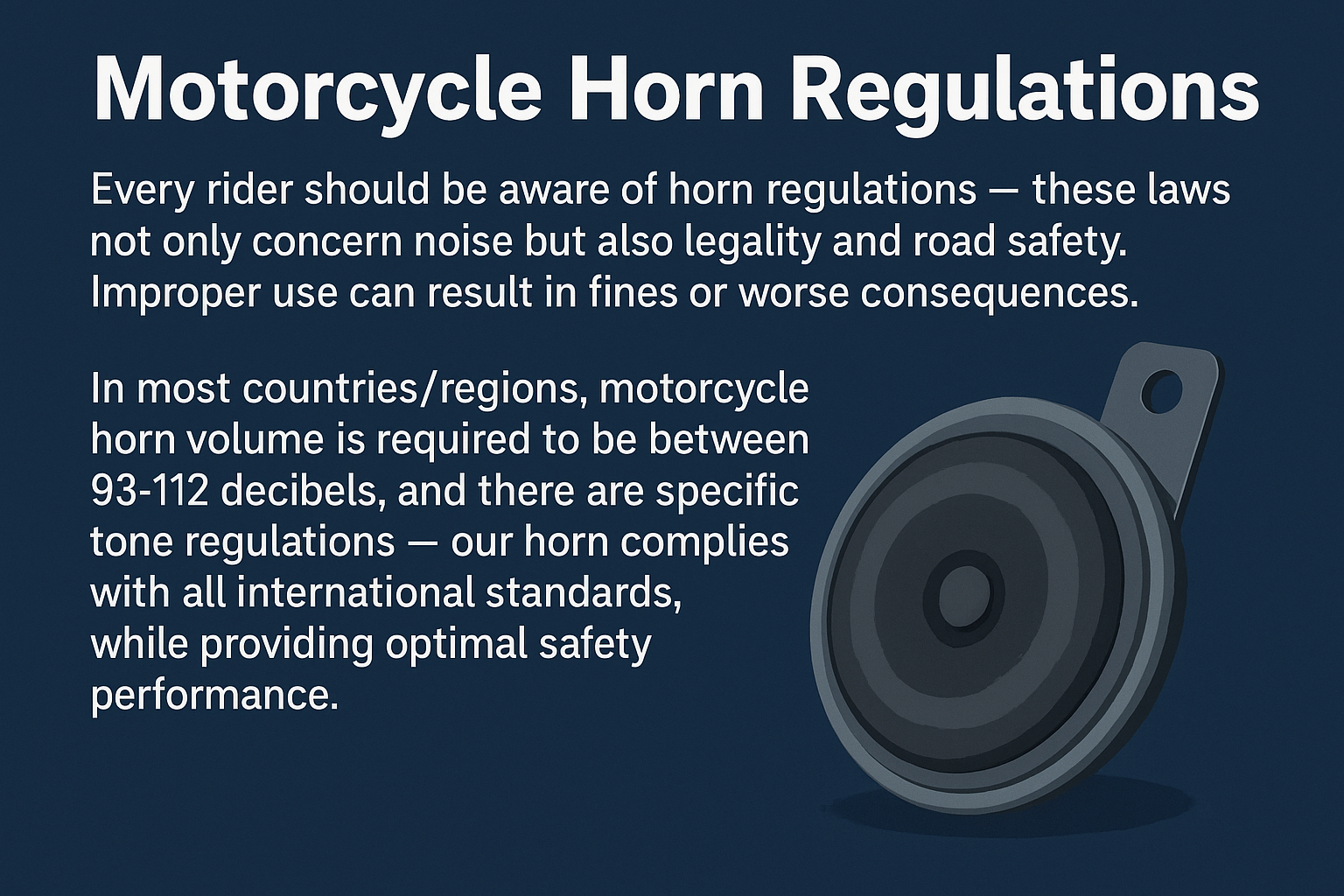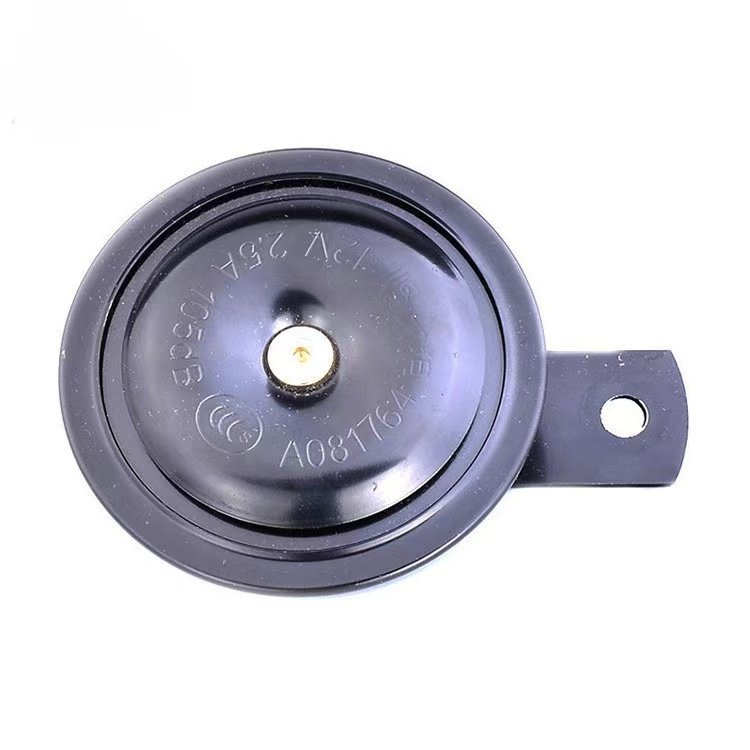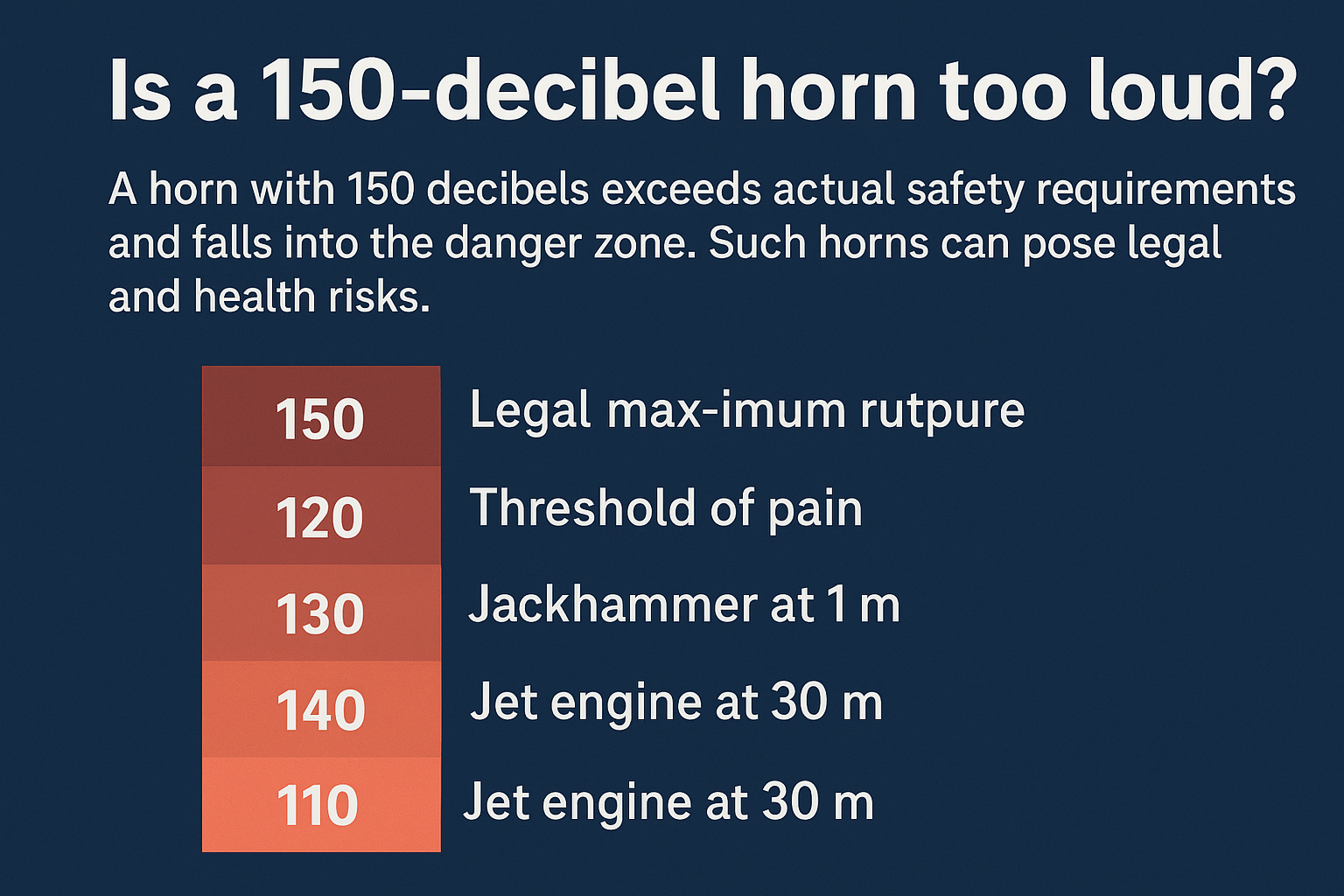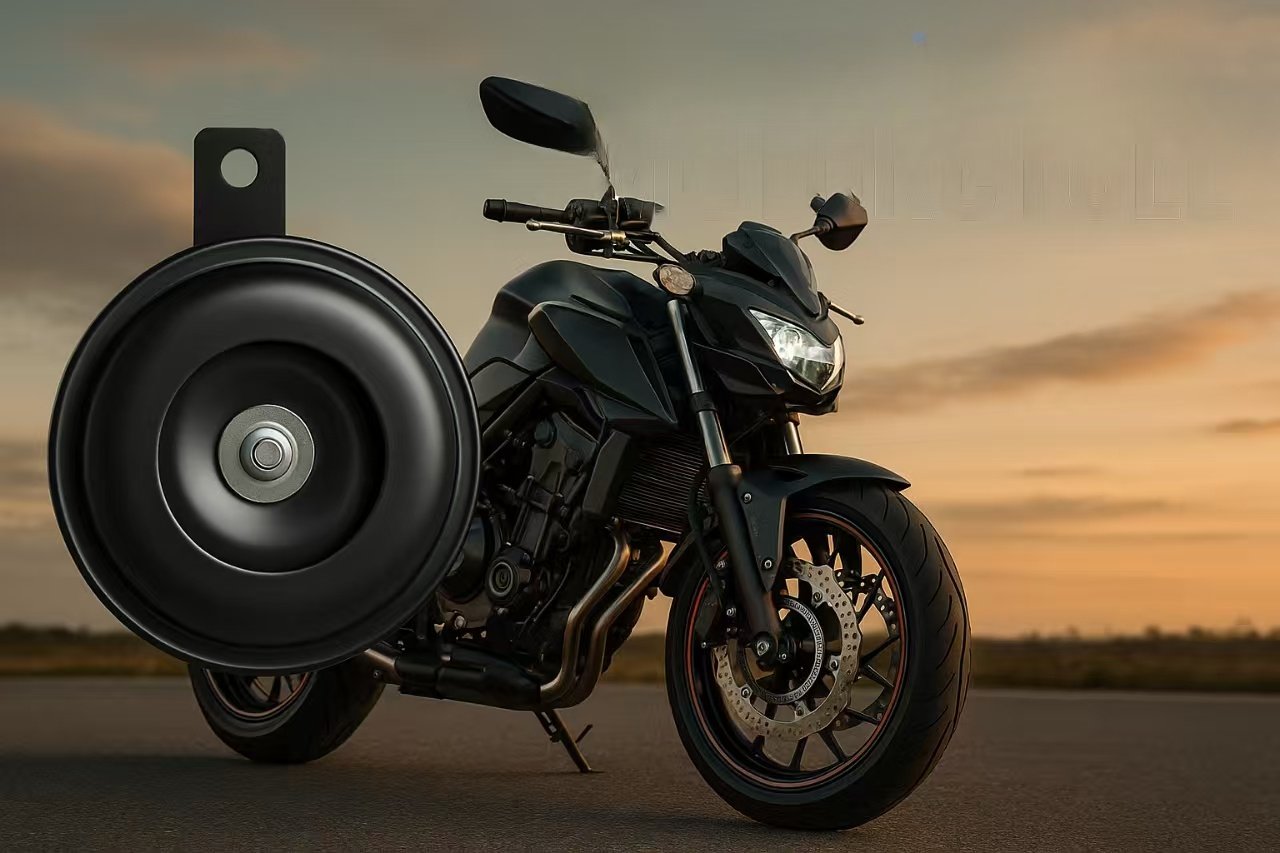Every rider needs to understand horn regulations - they're not just about noise, but about legal compliance and road safety. Get it wrong and you could face fines or worse.
Most countries require motorcycle horns between 93-112 dB, with specific tone regulations - our horns meet all international standards while providing optimal safety performance for riders.

Is a MotoHorn Legal?
The legality of aftermarket motorcycle horns depends on several technical factors that vary by region. Not all upgrades are street-legal.
To be legal, aftermarket horns must:
- Meet local decibel limits
- Use approved tone patterns
- Carry proper certifications
- Maintain original electrical specs
- Not mimic emergency vehicles

Global Horn Legality Standards
| Region | Max Volume | Tone Requirement | Certification | Penalty for Violation |
|---|---|---|---|---|
| USA | 112 dB | Steady tone | DOT | $250 fine |
| EU | 105 dB | Dual-tone | ECE R28 | €300 fine |
| Japan | 93 dB | Single tone | JIS | Vehicle impound |
| Australia | 100 dB | Non-melodic | ADR | $500 fine |
| India | 110 dB | Any tone | AIS | License points |
Key compliance points:
- Check local vehicle codes
- Verify certification marks
- Maintain original wiring
- Avoid novelty sounds
- Keep proof of compliance
Is a 150 dB Horn Loud?
At 150 decibels, you're entering dangerous territory that goes beyond practical safety needs. Such horns create legal and health risks.
For perspective:
- 110 dB: Standard legal maximum
- 120 dB: Pain threshold
- 130 dB: Jackhammer at 1m
- 140 dB: Jet engine at 30m
- 150 dB: Eardrum rupture risk

150 dB Horn Consequences
| Issue | Risk Level | Possible Outcome |
|---|---|---|
| Legal | Extreme | Heavy fines/impound |
| Health | Severe | Hearing damage |
| Safety | Counterproductive | Startles other riders |
| Social | High | Noise complaints |
| Mechanical | Moderate | Battery/strain |
Why avoid extreme horns:
- Illegal in all countries
- Can damage hearing
- May void insurance
- Strains electrical system
- Creates road rage risk
Is a Horn Legally Required on a Motorcycle?
In nearly every jurisdiction worldwide, functioning horns are mandatory safety equipment - just like lights and brakes.
Key legal requirements:
- Must be audible from minimum distance
- Required for vehicle inspection
- Non-functional horn = traffic violation
- Emergency vehicles exempt
- Some states require specific tones

Global Horn Requirement Comparison
| Country | Required? | Minimum Standard | Inspection Check | Penalty |
|---|---|---|---|---|
| USA | Yes | DOT certified | Annual in some states | $100+ |
| UK | Yes | ECE approved | MOT test | £100 |
| Germany | Yes | 93-112 dB | TÜV inspection | €90 |
| Brazil | Yes | 100 dB max | Biannual vistoria | R$130 |
| Thailand | Yes | 105 dB limit | Roadside checks | ฿500 |
Essential facts:
- No exemptions for race bikes
- Electric bikes often included
- Some require dual-tone
- Must be permanently mounted
- Hand-operated allowed in few areas
Conclusion
Smart riders choose compliant horns that balance safety needs with legal requirements - our certified models deliver authoritative warnings without legal risks.

